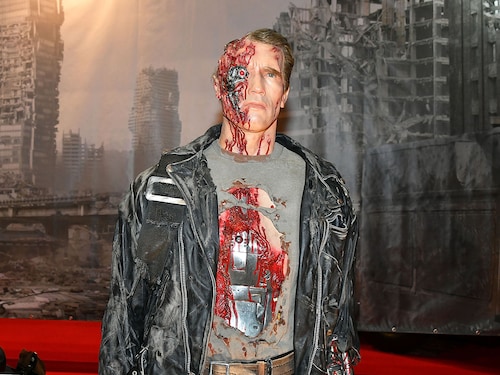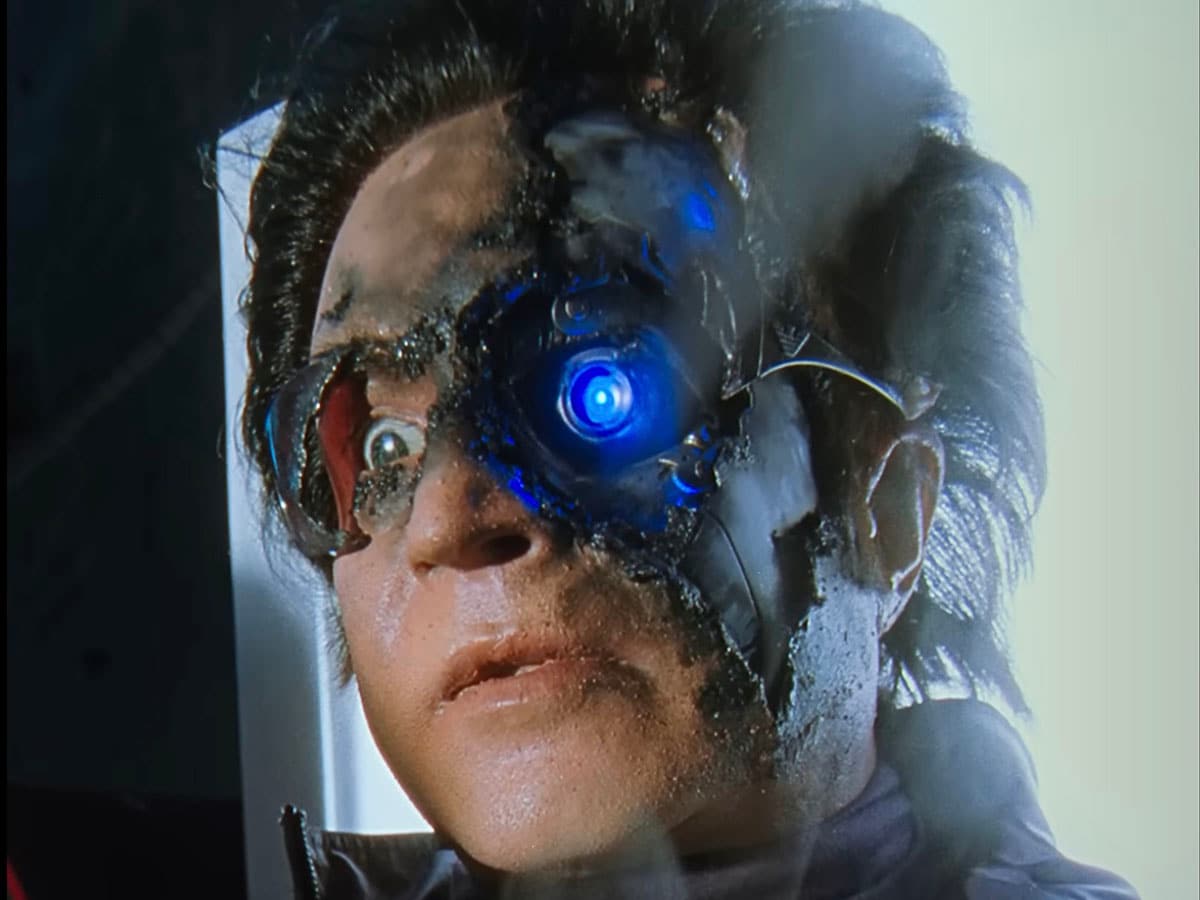Of humans, machines and what lies between them - Part 3
In a series of articles, Forbes India looks at films that have depicted artificial intelligence in unique ways, and raised some profound questions


Although the Terminator franchise has included several movies over the years, it is the James Cameron-written and directed Terminator 2: Judgment Day that set the benchmark for future films in the franchise, along with its groundbreaking visual effects, for which it won an Oscar.
The first installment in the franchise introduced the concept of Skynet, an artificially intelligent network that is out to end the existence of humankind on earth. It also introduced T-800, a robotic endoskeleton that is covered with living tissues to give it a human-like appearance. In Terminator 2, T-800—immortalised by actor Arnold Schwarzenegger—is tasked with saving the life of John Connor from T-1000, a far more advanced, shape-shifting robot made of liquid metal. What follows is a cat-and-mouse chase between them, replete with high-octane action sequences and never-seen-before special effects..
***
 Enthiran is a quintessential Rajinikanth film
Enthiran is a quintessential Rajinikanth film
Using the trope of the genius scientist making an indestructible robot in his own image, the film is about Vaseegaran and his attempts at making a robot named Chitti, who should be able to follow orders and perform impossible physical tasks, fight crime and the country’s enemies, without feeling human emotions. Depending on who—Vaseegaran or his evil rival Bohra— is programming/controlling it, Chitti is alternatingly used either for the benefit or humanity or its destruction. However, the black and white world of good and evil turns uncertain grey when Chitti develops emotions, which causes it to act in unpredictable, and dangerous, ways. In the end, Chitti has to be dismantled for the benefit of mankind because it develops the power to ‘think’.
Much like the T-800 and T-1000 of Terminator 2, Chitti is shown as a sentient machine built for the specific purpose of either saving or destroying humanity. It is not expected to think, feel or behave like a human being, and therefore, when it does, it has to be taken apart and deactivated.
First Published: Jun 18, 2025, 16:35
Subscribe Now